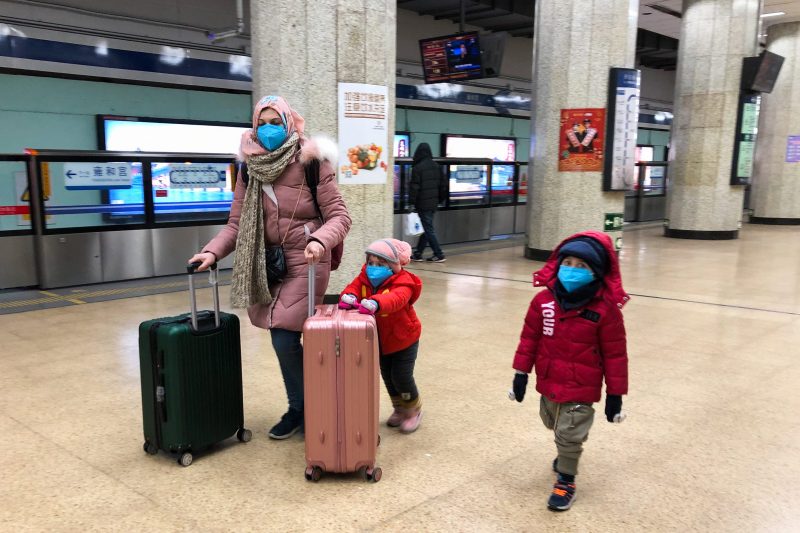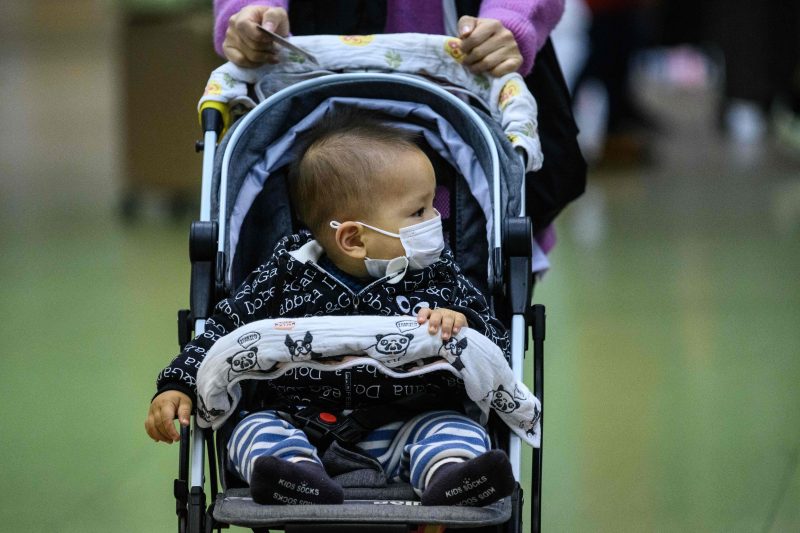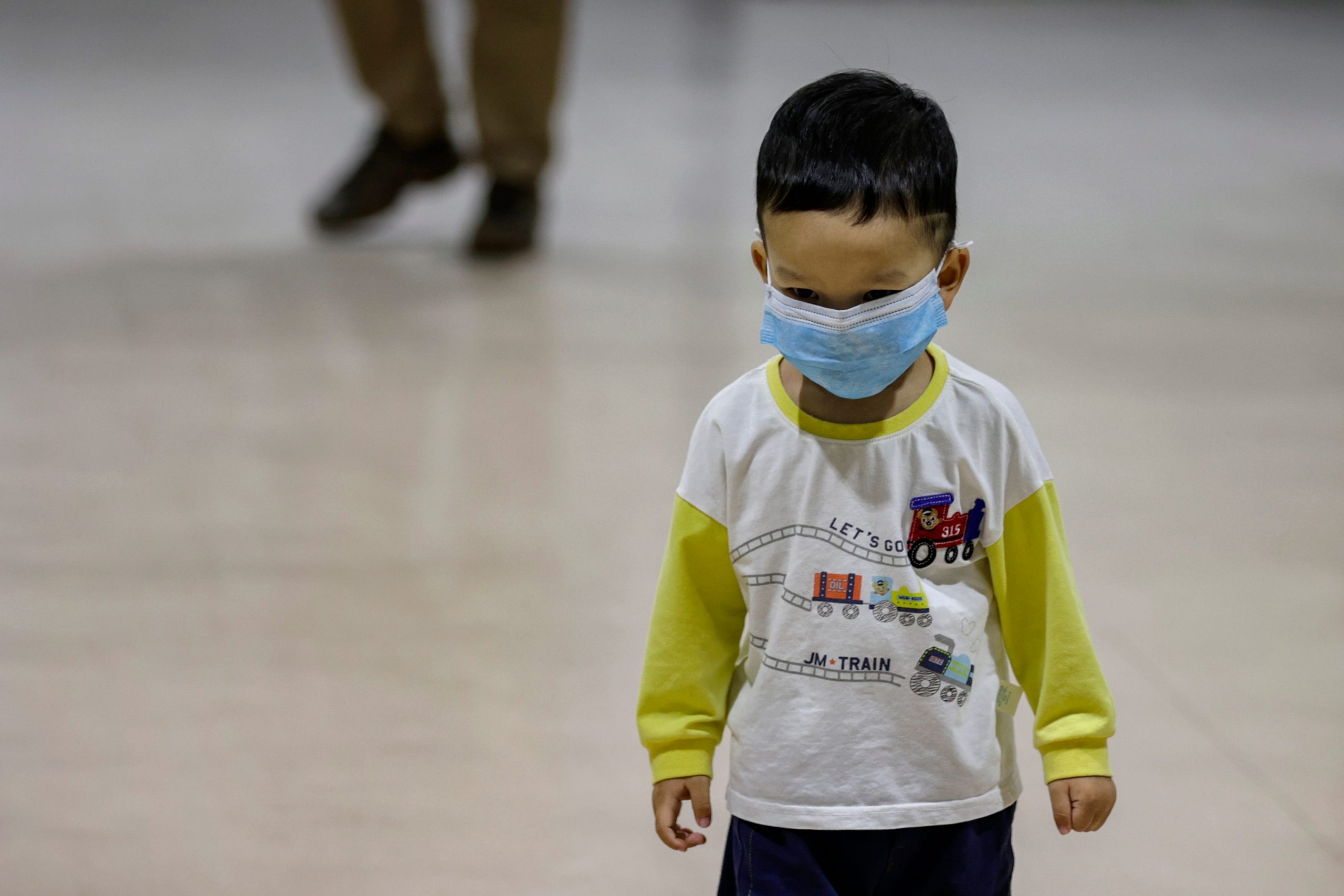- Only a handful of children have been diagnosed with the new coronavirus, which has killed nearly 2,800 people and infected more than 81,000.
- A study found that only nine infants were infected in China from December 8 to February 6.
- Disease experts say it’s good that the virus hasn’t spread much among kids because children are less likely to wash their hands and cover their mouths – behaviors that can spread germs.
- For the latest case total, death toll, and travel information, see Business Insider’s live updates here.
- Visit Business Insider’s homepage for more stories.
Scientists are still learning about the coronavirus outbreak that has killed nearly 2,800 people and infected more than 81,000 in China. One of the biggest mysteries is why so few children have gotten sick.
The outbreak was first reported on December 31, but no children younger than 15 years old had been diagnosed as of January 22. A study in the New England Journal of Medicine said at the time that “children might be less likely to become infected or, if infected, may show milder symptoms” than adults.
Since then, doctors have recorded a handful of cases among children: A study of coronavirus cases from December 8, 2019, to February 6, 2020 found that nine infants under one year old had been infected with the virus in China. None of the infants had severe complications or required intensive care, so the researchers suggested that some infants might be contracting milder cases of the virus that don’t always manifest in physical symptoms.
A child in Germany whose father was diagnosed with the virus and a 10-year-old in Shenzhen were also infected. On February 2, an infant in Wuhan, China, tested positive for the virus 30 hours after being born; the baby’s mother is a coronavirus patient.
But for the most part, kids do not seem very vulnerable to the virus.
"From everything that we've seen, and for reasons that are unclear to us, it does seem that this is primarily impacting adults," Richard Martinello, an associate professor of infectious disease at the Yale School of Medicine, told Business Insider in early February.
A low case count among kids is a good thing, according to health experts, because children are less likely to wash their hands, cover their mouths, and refrain from touching others - behaviors that can spread germs.
"If we can protect kids - one, it's good for them, but two, it's good for the population," Aaron Milstone, an epidemiologist and professor of pediatrics at Johns Hopkins University, told Business Insider. "If it does penetrate the pediatric population, that might amplify the outbreak."
Few children got SARS
Symptoms of the novel coronavirus are similar to those associated with pneumonia or the flu: fever, coughing, and, difficulty breathing.
The coronavirus bears many similarities to SARS, which killed 774 people and infected more than 8,000 between November 2002 and July 2003. There were also very few cases of SARS among children: only 80 laboratory-confirmed cases and 55 probable or suspected cases.
Most of those children developed a fever, and some had coughs or vomited as well.
In a 2007 report, experts from the Centers for Disease Control and Prevention determined that children 12 or younger displayed milder symptoms of SARS than adults did. No children or adolescents died from the virus, and there was only one instance in which a child transmitted SARS to another person.
Scientists still aren't sure why that was the case.

In the current coronavirus outbreak, there are two possible explanations for why so few children have gotten sick: They've either been less likely to be exposed in the first place, or there's something different about how their bodies respond to the virus.
"My guess is the lack of children being reported is because of the way the outbreak started," David Weber, a professor of epidemiology and pediatrics at the University of North Carolina at Chapel Hill, told Business Insider. Chinese authorities think the virus first jumped to people at a seafood market in Wuhan where live animals were sold.
"There aren't many children going to the fish market," Weber added.
The Wuhan market was shuttered on January 1, and local officials have since banned the trade and consumption of wild animals nationwide. The Chinese Communist Party has also pledged to crack down on the illegal wildlife trade.
If the coronavirus spreads among kids, the outbreak could get even worse
It's also possible that adults aren't spreading the virus to kids because people are being careful about washing their hands, covering their mouths, and self-isolating if they feel sick. The virus can spread between people through respiratory droplets such as saliva and mucus, so good hygiene is critical to prevent transmission.
"I'm a pediatrician - I love kids - but kids really fuel the spread of respiratory viruses," Milstone said. "It's much easier to tell adults to practice common-sense good behaviors. If kids are sick, they still want to go snuggle with mommy or play with their siblings."

As the outbreak continues to grow, however, countries could start to report more cases among children.
"When we see any new virus, the whole population is susceptible," Milstone said. "We don't know that this virus tickles the respiratory tract of adults more than it does kids."
Still, the flu likely poses a more imminent threat to many kids worldwide than the coronavirus, Weber said.
"People should be at the moment much more concerned about influenza and other respiratory or viral diseases," he said. "In many outbreaks of flu, it's the children who spread it more than the adults."
Children younger than 5 are at high risk of developing serious complications from the influenza virus, such as pneumonia and respiratory and kidney failure, according to the CDC. Scientists aren't sure why that is, but some suspect it's because children have a greater immunological response, so they're more likely to run a fever or experience tissue damage as their bodies try to fight off infection.
The majority of flu-related deaths in the US - between 70 and 85% - occur in people 65 years and older. According to the World Health Organization, about 80% of the deaths from the new coronavirus have occurred among people ages 60 and older.
Unlike the flu, however, there is no vaccine to protect people from this new virus.
"If we can keep this virus away from the pediatric population, it will help stem this," Milstone said.
Morgan McFall-Johnsen contributed reporting.
Read more:

